PROTECT YOUR DNA WITH QUANTUM TECHNOLOGY
Orgo-Life the new way to the future Advertising by Adpathway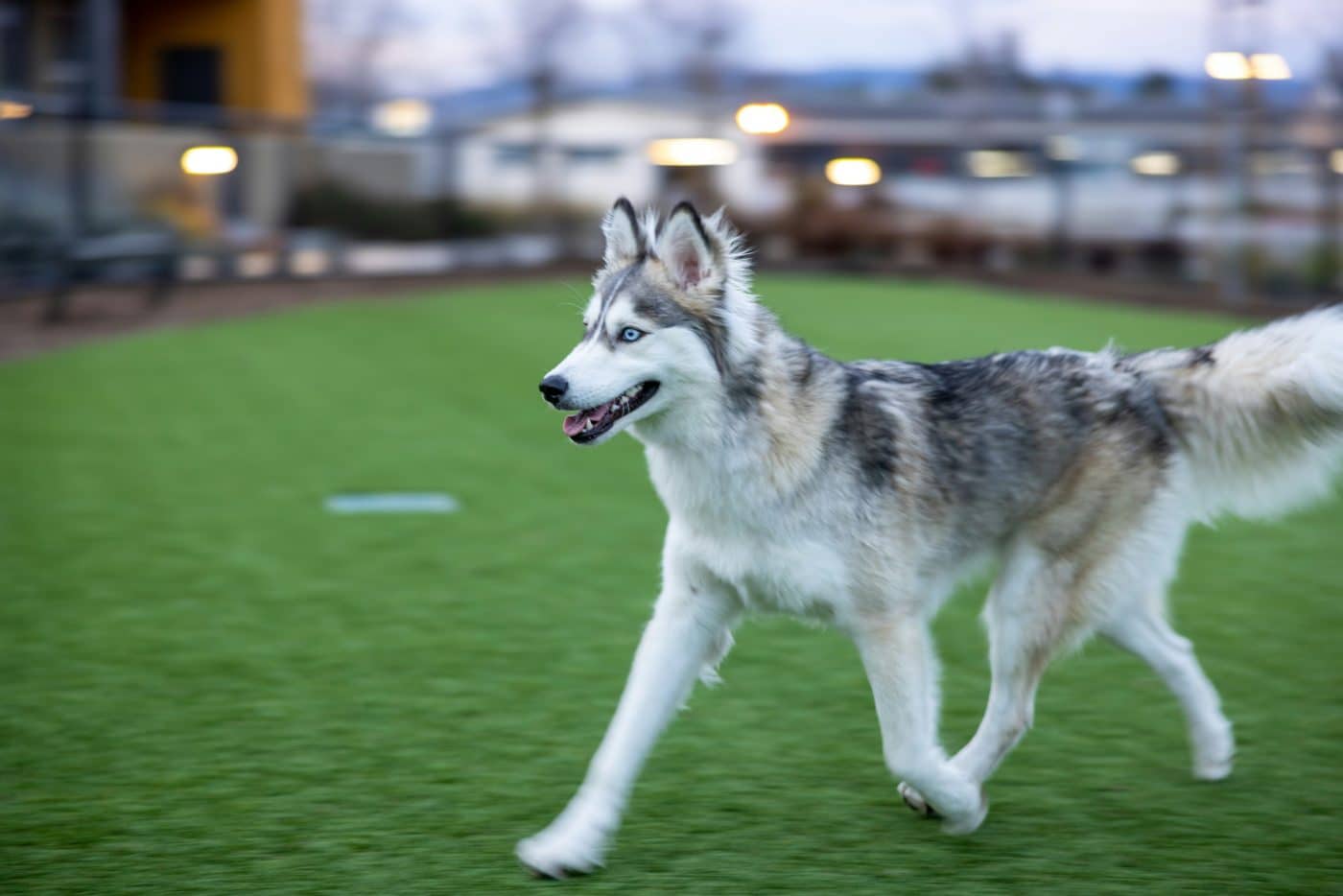 Shutterstock
Shutterstock
In remote corners of the world—jungle camps, icy peaks, desert outposts—some dogs didn’t just serve with troops, they became part of the unit. These weren’t pampered pets but rugged companions who curled up in tents, shared rations, and boosted morale when home felt far away. Whether trained for duty or adopted strays turned family, these breeds earned their place in the mud, the mess, and the quiet moments between missions. Always alert, always loyal, they stood beside those who stood for something bigger than themselves.
German Shepherd
 Shutterstock
Shutterstock
German Shepherds have been synonymous with military service for decades, and for good reason. Loyal, fearless, and incredibly intelligent, these dogs worked side by side with troops, detecting explosives, patrolling perimeters, and offering protection in unpredictable environments. Off-duty, they curled up at their handler’s side like a furry security blanket, ready to rest but never truly off alert. Their presence in remote outposts brought a sense of calm and confidence, as if danger had to get past two guards, not one. And yes, they hogged the bunk—but no one complained.
Belgian Malinois
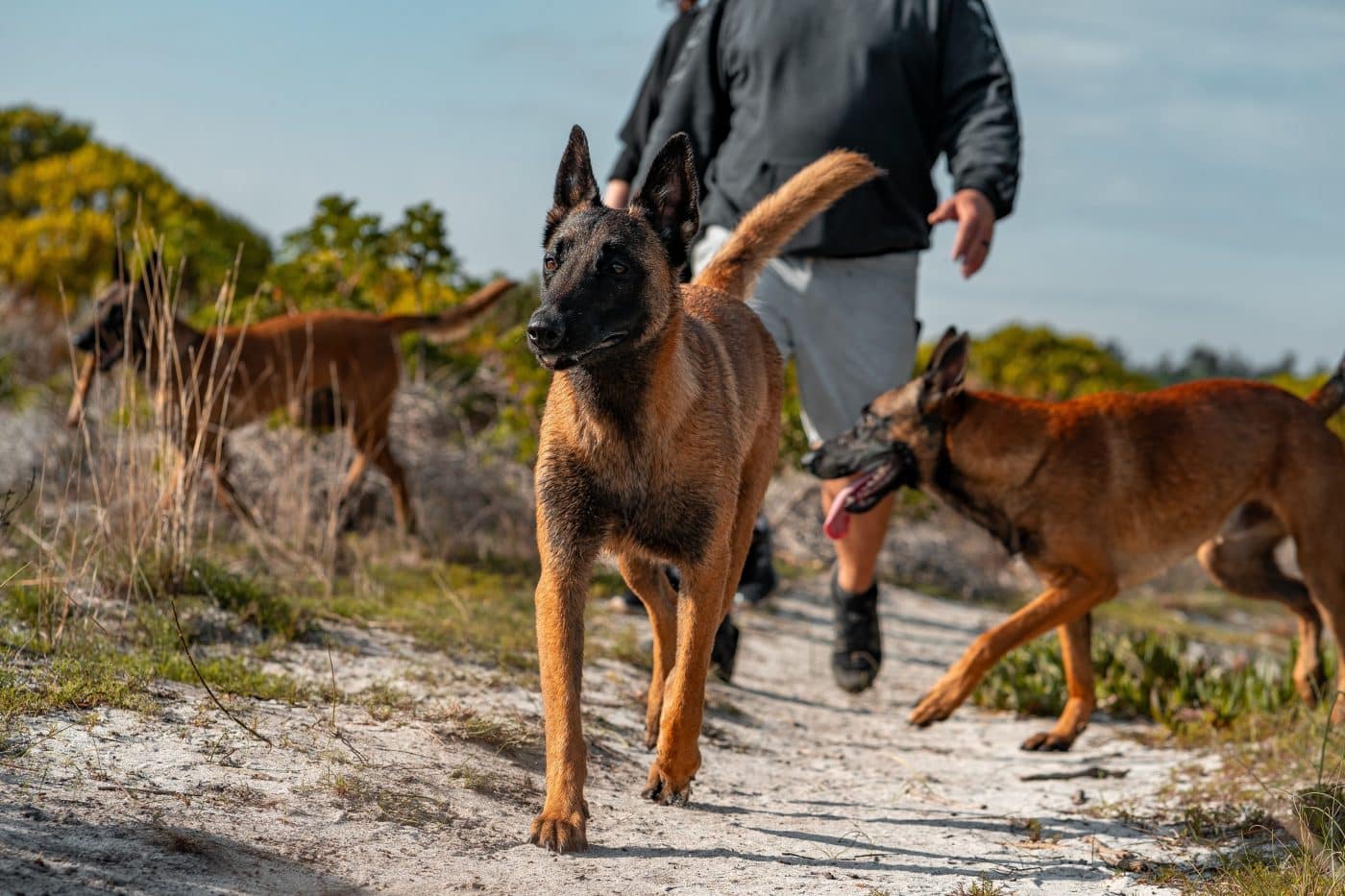 Shutterstock
Shutterstock
The Belgian Malinois is like the tactical athlete of the dog world—fast, focused, and always mission-ready. Frequently chosen for elite military operations, they excel at detection, tracking, and high-pressure work, often leading the charge into dangerous terrain. In quieter moments, though, they bond deeply with their handler, snoozing in dusty corners of tents or squeezing into bunk beds not built for two. Their loyalty is fierce, and their presence in remote deployments gives troops an extra set of eyes—and a lot of heart. Just don’t expect them to share snacks without judging your calorie intake.
Labrador Retriever
 Shutterstock
Shutterstock
Labs may seem too friendly for warzones, but their role in the military is no joke. As detection dogs, they’ve sniffed out explosives and weapon caches with relentless enthusiasm, all while maintaining that “who’s a good boy?” energy that keeps morale afloat. Troops often found comfort in their calm, goofy presence after long shifts, letting a Lab flop beside them on a cot like a living, breathing reminder of home. They were just as comfortable chasing tennis balls as they were chasing down threats. And let’s be honest—when the chow hall served meatloaf, everyone saved a piece for the Lab.
Springer Spaniel
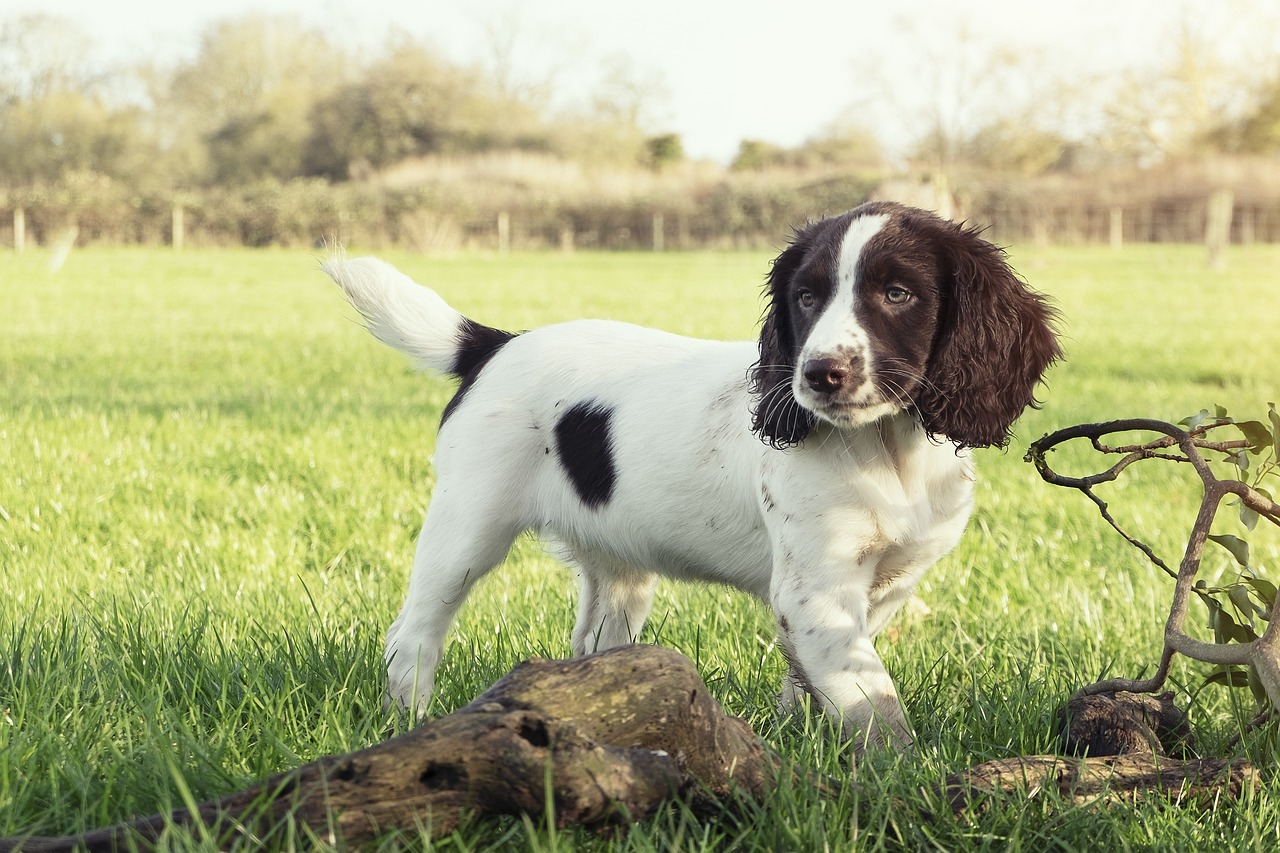 Shutterstock
Shutterstock
Springer Spaniels don’t look like your typical combat canine, but they’ve sniffed out countless conflict zones. Their small size, tireless energy, and incredible noses make them ideal for bomb detection and scouting narrow spaces in urban environments. But beyond their technical skills, Springers are affectionate, gentle dogs who gave troops something to smile about in grim places. They didn’t mind cramped tents or rough terrain—just as long as they got some ear scratches and the occasional crust from a sandwich. They worked hard, played harder, and always slept curled up like a warm, floppy comma at the foot of someone’s bunk.
Anatolian Shepherd
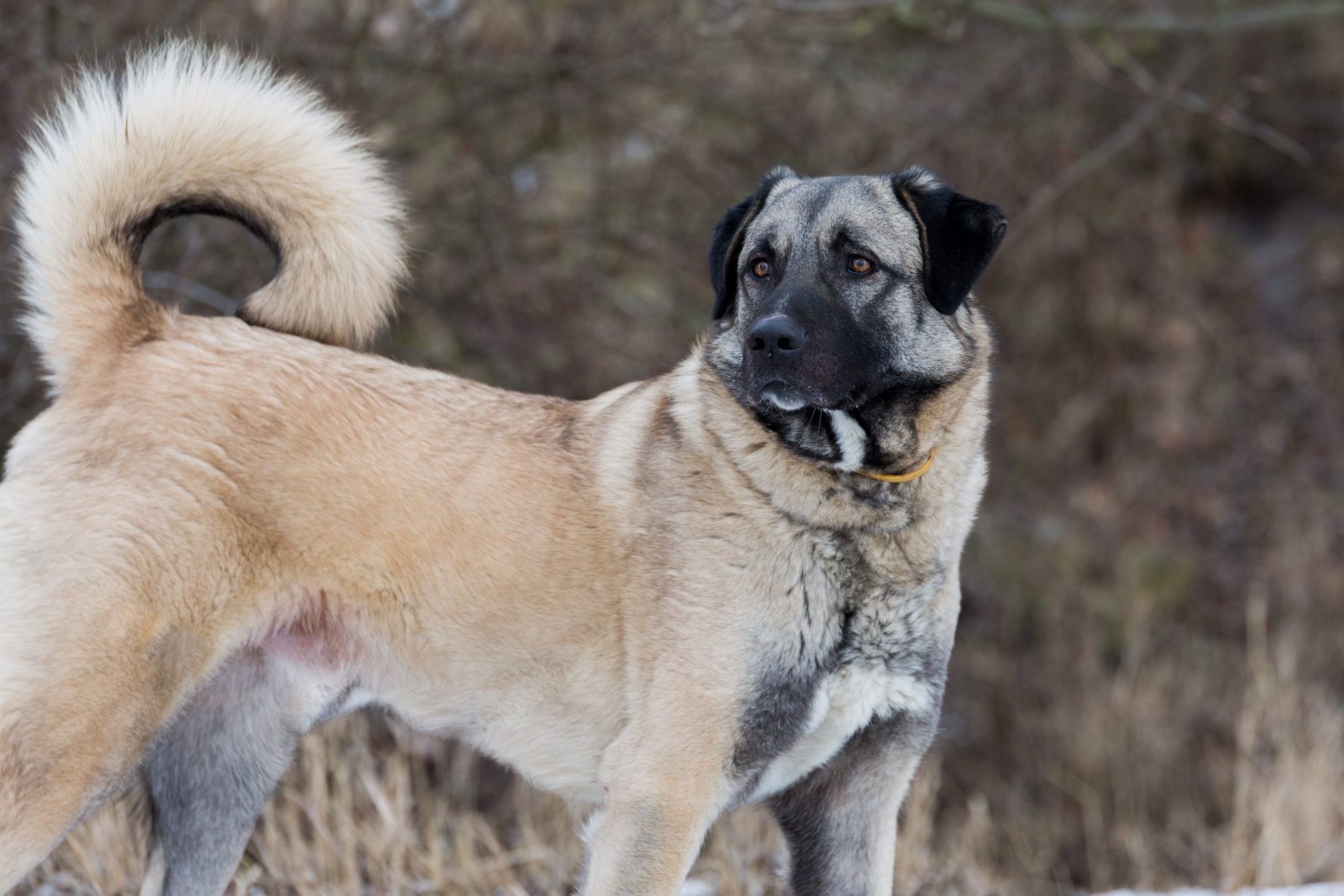 Shutterstock
Shutterstock
Anatolian Shepherds weren’t standard issue, but in certain remote outposts—especially those with rugged terrain—they were adopted and revered. Bred to protect livestock from predators, these massive, fearless dogs made perfect perimeter guardians and late-night snuggle buddies rolled into one. Troops in rural regions of the Middle East often took in local Anatolians who earned their keep by barking at threats long before humans noticed. They didn’t care for orders but showed loyalty in their own ancient, stoic way. If one was curled outside your bunk, you knew you’d sleep a little easier.
Pit Bull
 Shutterstock
Shutterstock
Though not officially deployed in most military settings, Pit Bulls have found their way into the hearts and bunk spaces of countless troops in remote regions, especially when rescued as strays. Their loyalty, protective instincts, and unshakable bond with their person made them ideal companions for soldiers who needed comfort, not judgment. Once welcomed in, a Pit Bull would stand guard like a silent sentinel, and then melt into a snoring cuddle monster when the coast was clear. They didn’t need a title—they earned their place through sheer heart. Plus, their ability to guilt-trip someone into sharing jerky was legendary.
Rottweiler
 Shutterstock
Shutterstock
Rottweilers may look intimidating, but to the troops who bunked with them, they were loyal shadows and trusted guardians. These muscular protectors were often brought into remote bases for their security abilities, but quickly proved themselves as massive lapdogs with a soft side. Rotties were known to rest their heads on boots, follow their handlers everywhere, and insert themselves into group naps like they paid rent. At night, they patrolled without complaint. By day, they soaked up all the head pats they could get before the next shift began.
Australian Cattle Dog
 Shutterstock
Shutterstock
Tough, alert, and fiercely loyal, Australian Cattle Dogs are built for endurance and grit, just like the soldiers they bunk with. These compact powerhouses aren’t your typical base mascot; they’re often recruited for their intelligence and unbreakable work ethic. Whether herding goats at a remote post, alerting to suspicious movement, or simply being the scrappy heartbeat of the unit, they earned every MRE crumb and boot-bed nap. Their no-nonsense demeanor and devotion to their handlers made them favorites in far-flung places where trust and toughness matter most. Don’t try to outrun one—unless you’re carrying their ball.
Siberian Husky
 Shutterstock
Shutterstock
While not a traditional military working dog, Siberian Huskies have often found themselves in remote, colder outposts, especially where transportation and patrols in snowy terrain are a factor. Their stamina, strength, and thick coats made them ideal for utility and company in freezing environments. Off duty, they were charming goofballs—howling during quiet hours and stealing boots when no one was looking. But their love for pack life meant they bonded fast and deep with the troops around them. Don’t try to keep a Husky off your bunk—they’ve never respected personal space in any climate.
The Dog Took the Pillow, and Nobody Argued
 MidJourney
MidJourney
In the dust, snow, and silence of distant posts, these dogs weren’t just along for the ride—they were part of the unit. They guarded, comforted, and curled up in cold corners with troops who needed more than gear to get by. They shared meals, stole blankets, and reminded everyone what loyalty looked like. When letters didn’t come and the nights stretched too long, they were there- no uniform, no rank, just love. And if they took your pillow? You let them because no one earned it more.


 3 months ago
13
3 months ago
13

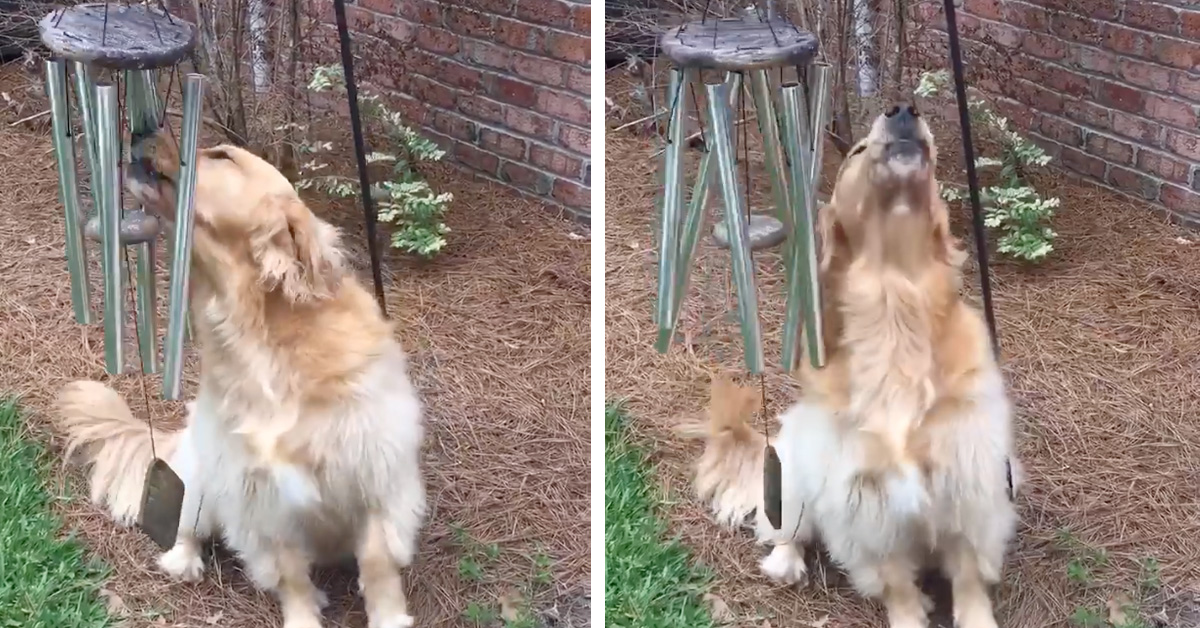
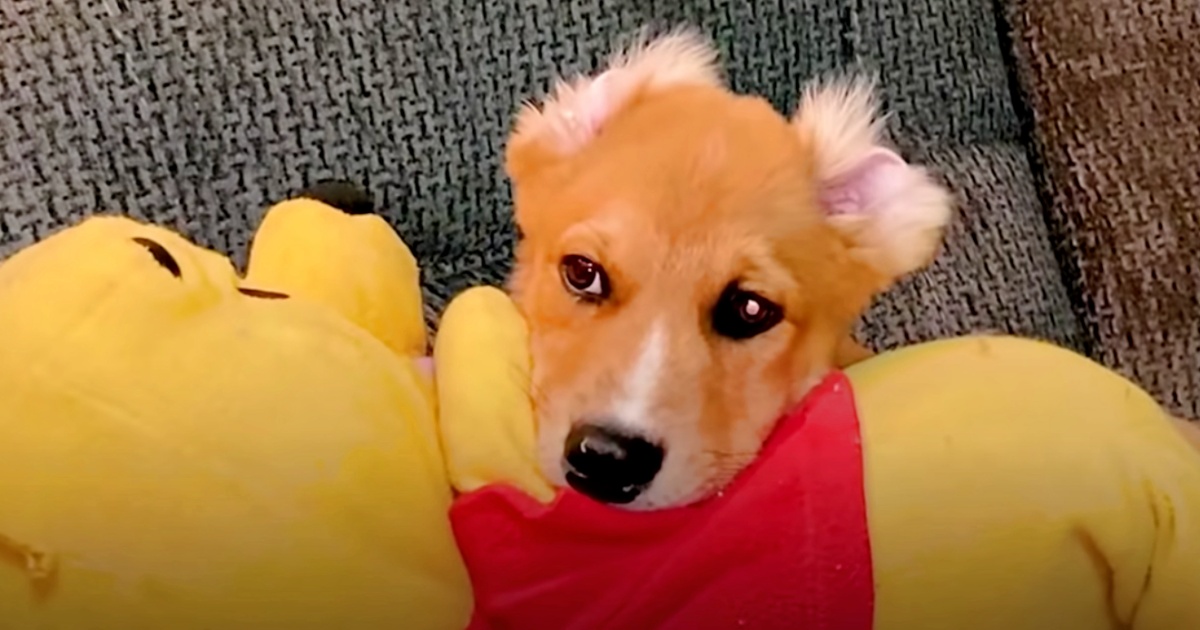
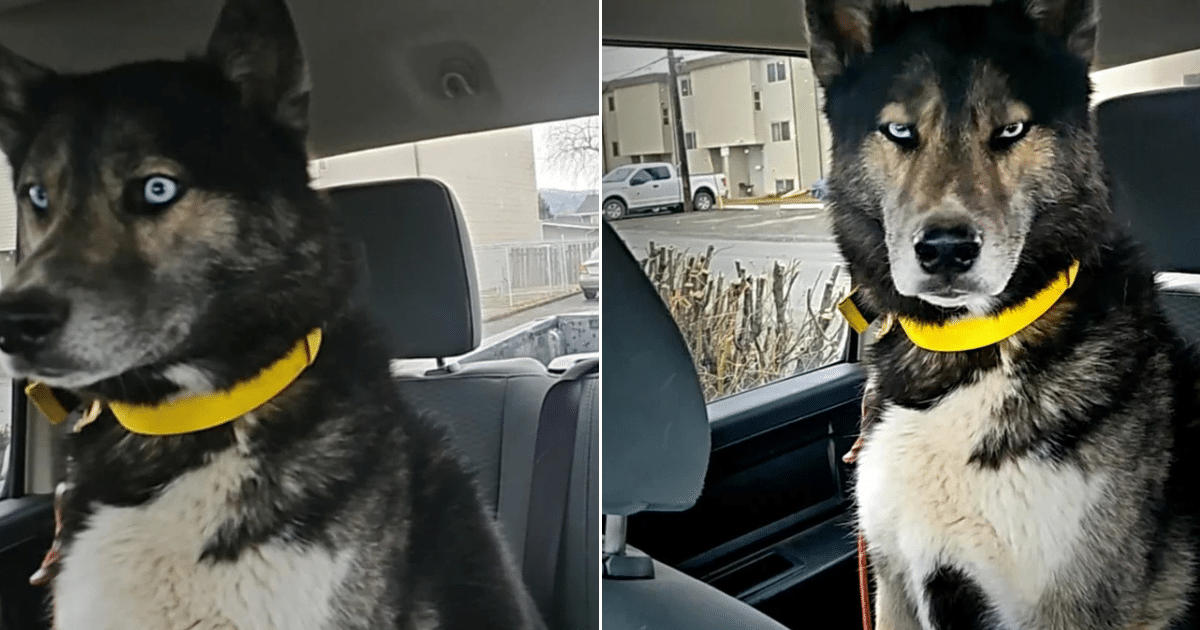

















 English (US) ·
English (US) ·  French (CA) ·
French (CA) ·